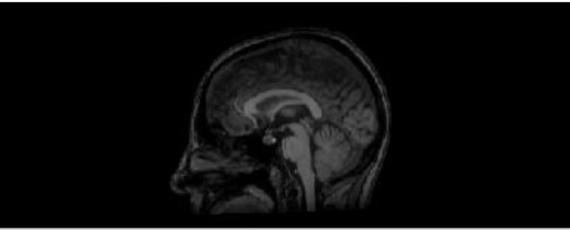The term neuroscience refers to the scientific study of the brain. There are many approaches to its investigation. Computational neuroscience has the aim of producing mathematical models of how the brain, or a specific system works; system neuroscience investigates the functioning of the animal brain, recording directly the activity of the neurons; human neuroscience uses non-invasive techniques to record brain activity in healthy individuals and in patients.
The most used techniques in human neuroscience are EEG (ElectroEncephaloGraphy), TMS (Transcranial Magnetic Stimulation), MRI and fMRI (structural and Functional Magnetic Resonance Imaging). EEG consists in recording superficial electrical activity detected on the scalp. TMS consists in the application of a magnetic impulse on a particular scalp area, which temporarily interferes with the functioning of the brain areas below, either enhancing or inhibiting it. MRI and fMRI use the magnetic proprieties of brain tissue to reconstruct, respectively, brain anatomy and oxygenation level in different areas during different task.
In the Neuroscience and Society Lab (iNSuLa) we combine the use of these techniques and of psychological paradigms to study social neuroscience and food processing. Social neuroscience is the interdisciplinary field that investigates the neurobiological signature of social processes, such as emotion perception, group perception, and more widely speaking, human social interactions. The other important line of research of the lab concerns how our brain processes food, a salient stimulus and fundamental element of human life and evolution. Particular interest is placed on semantic representation of food, food categorization, implicit and explicit preferences in healthy individuals as well as in normal aging individuals, and in patients with neurodegenerative diseases.


